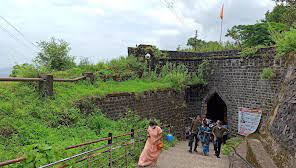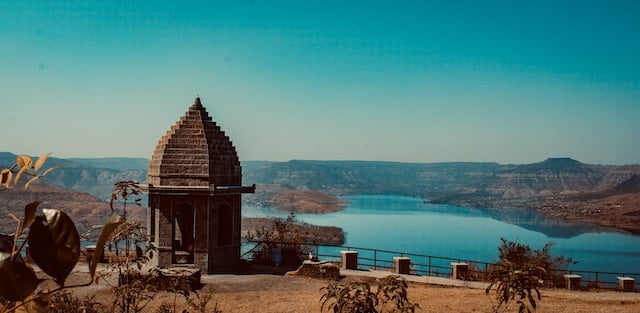
One of Maharashtra’s, or more generally, “western India’s” numerous well-known hill forts is Sajjangad Fort, a popular tourist destination. The fort known as Sajjangad, which translates to “fort of good people,” is situated in an area close to Satara. It is one of the most popular tourist destinations, drawing a wide range of visitors who come to the fort for sightseeing or weekend getaways. A trip across Maharashtra is never complete without a stop at Sajjangad. This fort is more than just a site of historical significance and artefacts.

Being the last resting place of the renowned Indian religious figure Sant Ramdas, who lived in the 17th century, it is more of a devotional and religious residence. The teachings of Sant Ramdas have been collected into publications such as Dasbodh. As a result, Sajjangad is a highly well-liked destination for pilgrims and retains much of its historical significance. History may be traced back a long way to the fort, according to historical ruins. The fort has been ruled over by several different regimes and has been taken and retaken by various national political forces.

History of Sajjangad Fort
The Brahamani Emperors built this fort. Based on expert opinions, the fort’s inception and development may be dated back to the Brahamani reign period, which lasted from 1347 to 1527. Between 1527 and 1686, the Adil Shah dynasty’s influence over the fort solidified. Adil Shah was soon vanquished by the Mughal rulers, who also seized control of the fort. This fort was taken by Shivaji Maharaj on April 2, 1763. Sajjangad was the new name given to the fort that was formerly known as “Parali.”
Nevertheless, on April 21, 1700, the Mughals retook the fort. Navrastara became the new name for the fort this time. In the year 1709, the Marathas took control again. In the year 1818, this fort was finally placed under British administration.

How to reach
About 18 km separate the Sajjangad fort from Satara. Travellers can go from Satarat Rajwadi to the fort. They have two options: they may use Satara’s transportation system or rent an autorickshaw. The NH4 highway connects Mumbai, which is 273 kilometres away from the fort, to the fort as well.

Timings of Sajjangad Fort
The fort is open every day, but on days that are important to those who adhere to Sant Ramdas’ teachings, faith, and pathways, it is very busy. It is recommended that visitors arrive throughout the day.
Entry Fee
There is no fee to enter.
Activities to do in and around
Travellers and visitors with an interest in history and cultural landmarks flock to this location to see the historical artefacts and to see Sant Ramdas’s final resting place. In addition to being a popular tourist destination, it has religious importance.
The ideal time to visit Sajjangad Fort
There aren’t really any ideal times of day to visit the Fort. On the other hand, visitors can visit the fort on days when it is hosting special religious activities to fully experience its religious significance. Winter is the best time of year for visitors to enjoy the fort as a historical site.
You may also like:
Vasai Fort: Everything You Need To Know Before Visiting

